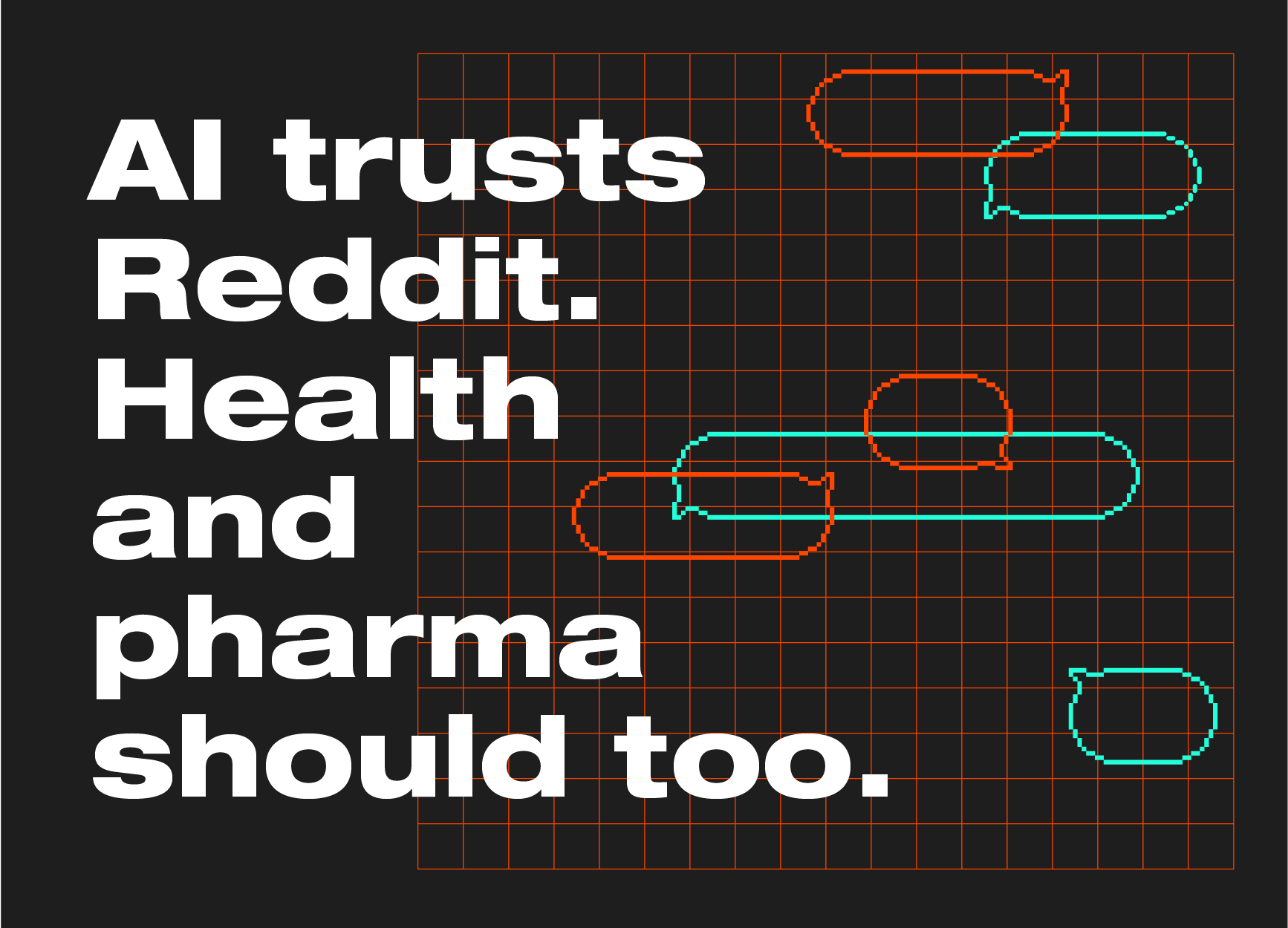After the wildfire: how will healthcare recover from the pandemic?
After a forest fire, the natural world recovers according to predictable patterns, in a process known as ‘ecological succession’. The modern world has never seen a global conflagration quite like COVID-19, so what will those equivalent patterns look like for healthcare?
We’ve been living through the first process of ‘healthcare succession’ since the principles of modern healthcare provision were established during the second half of the twentieth century. Some casualties of the pandemic have been clear for some time, from face-to-face GP appointments to elective procedures and timely cancer diagnoses. Some of the ‘early regrowth’ is also already familiar, with telemedicine, decentralised clinical trials and mRNA as a drug technology platform being prime examples.
However, these are adaptations the healthcare industry was ready to bring forward and large numbers of health consumers themselves were able to adopt. Big questions remain about the future of health and healthcare in the medium and long term, cutting across everything from consumer trust and behaviour to government policy and pharma’s reputation.
One of our beliefs as a health communications agency is that looking for different perspectives to a problem leads you to better answers. There are so many ways to examine and understand health and healthcare that this hopefully isn’t a controversial thing to say – but it’s much more interesting to test for real. So in 2020 Langland started working with the global market research agency Ipsos MORI to convene a cross-discipline group of 35 health experts, drawn from business, academia, the health media, think tanks, Government, NGOs and pharma trade bodies, who could offer diverse points of view on the future of health.
During 2021, we interviewed each panellist on a range of themes, evolving our focus areas as the project progressed. As we enter 2022 – for most of the world the third year of the COVID-19 wildfire – those transcripts provided diverse perspectives on what ‘healthcare succession’ will finally look like. Where permission has been granted, we have attributed the comments, but a number of senior figures on the pharma side of the panel preferred to remain anonymous.
The new healthcare consumer: conscious and direct
When accessing healthcare is easy, we go and get it. When it comes at some personal risk, or we become aware someone else might need it more, the overwhelming evidence of the pandemic suggests we think twice. We either don’t seek advice at all (our panel highlighted the apparent disappearance of the ‘worried well’ during the pandemic and Macmillan recently published alarming figures that suggest nearly 50,000 people with cancer are currently lost, either in or out of the system) or we find another way. For digitally literate health consumers, that includes various e-health solutions – apps, wearables, telemedicine and so on – that have the potential to transform the way large parts of society think about and manage their own well-being.
“All of us have become acutely aware both of quantitative and qualitative data, and what healthcare means, and access to healthcare,” a senior UK academic in public health told us. “That is something that will stay in people’s minds and will make us more conscious of how we access healthcare. So I don’t dare to say that it will all be online or electronic, but it will be a more conscious thing... Interaction with the wider healthcare industry will be more direct.”
This sentiment, that an increased level of health awareness and engagement in the general population is likely to permanently change how healthcare is consumed in the future, was echoed across the survey. In particular, the idea that contact between health consumers and healthcare companies will be increasingly direct – from insurers to diabetes technology firms – with the role of the healthcare professional as a mediator diminishing.
This trend reveals itself in a variety of ways, but central to many is an increased willingness on the part of patients to volunteer their data in return for some benefit. The NHS sharing a list of vulnerable patients with supermarkets, to enable them to access the shop safely during the pandemic, was cited by one panellist as an example that would have been “unheard of, outside a pandemic context... Things have been improved, I think, through the pandemic; people have understood how you can use data effectively for good purposes and sharing it with commercial companies.”
Collaborate for the customer
Connected to the idea of a more direct relationship between consumers and the healthcare industry, a major sub-theme came to the surface during our survey, as panellists asked whether pharma is actually best placed to own that relationship. No-one told us it would come naturally, and instead companies like Amazon, Google and Tesco were proposed as the real customer experts. Willingness on the part of the healthcare industry to collaborate was seen as the key to unlocking value for consumers.
"You have these providers coming in that know their customer inside out and actually have an interface with the end user, and that is the thing big pharma has always, always struggled with,” said one of the C-suite pharma executives on the panel. “You have to find ways to collaborate. Pharma will always have the expertise and science, what it lacks is the ability to do the wrap-around and the customer focus bit, and that is where a lot of these companies are very, very good.”
Current regulation around health product promotion also doesn’t support direct communication between companies marketing prescription medicines and consumers. However, in the eyes of one panellist, a health leader at a major trade body, standing in the way of a dialogue between the company that makes the drug and the person actually taking it is short-sighted and will inevitably change.
“There is an opportunity for regulators and pharma industry to really sit down and see how that [dialogue] can be enabled for the good of the patient, to have that interaction, to feed back their views, for the companies to understand the needs of the patient.... It is basically the ability to communicate directly and converse normally.”
Secondary succession
Returning to our ecological analogy, when the soil is left intact by environmental trauma, the relatively rapid and predictable regrowth is known as ‘secondary succession’. Whether we will see this type of succession in healthcare, or a more fundamental shift, depends on how you choose to answer the rather philosophical question: ‘What is healthcare?’
For one of the UK academics on our panel “an increasing frequency of interactions between consumers and companies, as opposed to between patients and health professionals” is a continuation of a long-running trend of consumerisation and individualisation, with interventions increasingly focused on people’s individual behaviour and lifestyle choices, which are less effective than interventions delivered at a population level.
“I see healthcare systems as social systems, and a fundamental issue of all social systems – whether they are about healthcare, about education, about policing, about safety – is really about determining and designing the system in a way that doesn’t just ensure optimal outcomes at an aggregate population level, but also issues around equity and fairness.”
That obviously connects directly to another theme about the disparity in health outcomes highlighted so starkly by the pandemic, as well as the role of people’s general health awareness and literacy in those outcomes. And there are many more strands flowing from those. In short, at the end of this first foray into our collection of expert perspectives, it’s safe to say we have more questions than answers. But that’s just good science, right? Look out for more from our panel during 2022.




